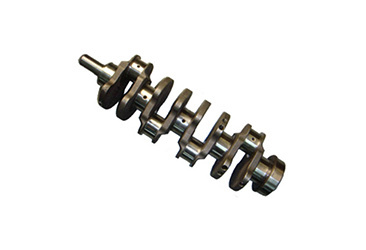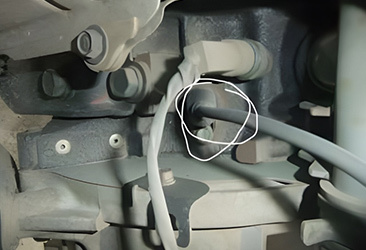Determine whether to adjust the gauge by checking the crankshaft screws.
Release time:
2020-12-24
It is said that the second-hand car market is deep, but after being in this industry for a long time, it’s really not that complicated. We all know that the key to buying a second-hand car is to check if the car has had any accidents, if it has been flooded, if the odometer has been tampered with, and what the condition of the engine is like.
It's said that the second-hand car market is deep, but after spending a long time in the inspection industry, it's really not that complicated.
We all know that when buying a second-hand car, the key points to check are whether the car has been in an accident, whether it has been flooded, if the odometer has been tampered with, and what the condition of the engine is like.
The engine is like the heart of a car, so its performance directly affects the value of a second-hand car. As an ordinary person who is not a professional inspector, how can one check the condition of the engine?
We all know that an engine has two major mechanisms and five major systems; diesel engines do not have an ignition system. Therefore, as an important component of the crank and connecting rod mechanism, we can check this part which is the crankshaft pulley screw on the outside of the crankshaft.
Normally, this screw does not need to be disassembled. If you find that this car is particularly new with an odometer reading under 40,000 kilometers, combined with tire replacement and whether there is serious wear on the brake discs. If all of these appear to you, then we can determine that there is a problem with this car's odometer reading.
No matter what model or series it is—Mercedes-Benz, BMW, Audi, Toyota, Honda, Nissan, Mazda, Volkswagen, Buick, Chevrolet, Ford, Hyundai etc.—regardless of whether it’s transverse or longitudinal. As long as you can find it and see it and study whether it has been tampered with.
Once this thing has been tampered with, you need to pay attention to several situations: 1. The vehicle's mileage is high; replacement of pulleys and drive belts. 2. The vehicle was flooded causing major repairs. 3. Major repairs caused by accidents.
Now let's talk about how to inspect a tampered odometer: usually simple inspection methods involve observing various parts such as tires, brake discs, door handles inside and out, gear lever, steering wheel, seats, brake and accelerator pedals as well as central control buttons etc., all these can be checked by dealers at relatively low costs to achieve their goals.
The complex and difficult-to-confuse aspect lies in what's inside the engine compartment; if it's driven frequently then the engine runs continuously; if driven less then there's less wear and tear which doesn't reach maintenance or cleaning standards for replacement. For example: checking if crankshaft pulleys have been replaced or if drive belts have been changed; checking if there are oil stains on brake fluid; checking for leaks from rear oil seals; checking for leaks between cylinder head and block; checking for repairs or sealant application; checking if valve cover screws have been removed; checking if throttle body has been cleaned; checking for leaks from steering gear; checking if shock absorbers have been replaced; checking for leaks from drive axle ball joints—these can all be referenced against actual conditions to see if they generally match up with what’s shown on the dashboard's mileage display. This is how to judge a tampered odometer without needing to check dealership records.
Latest News









